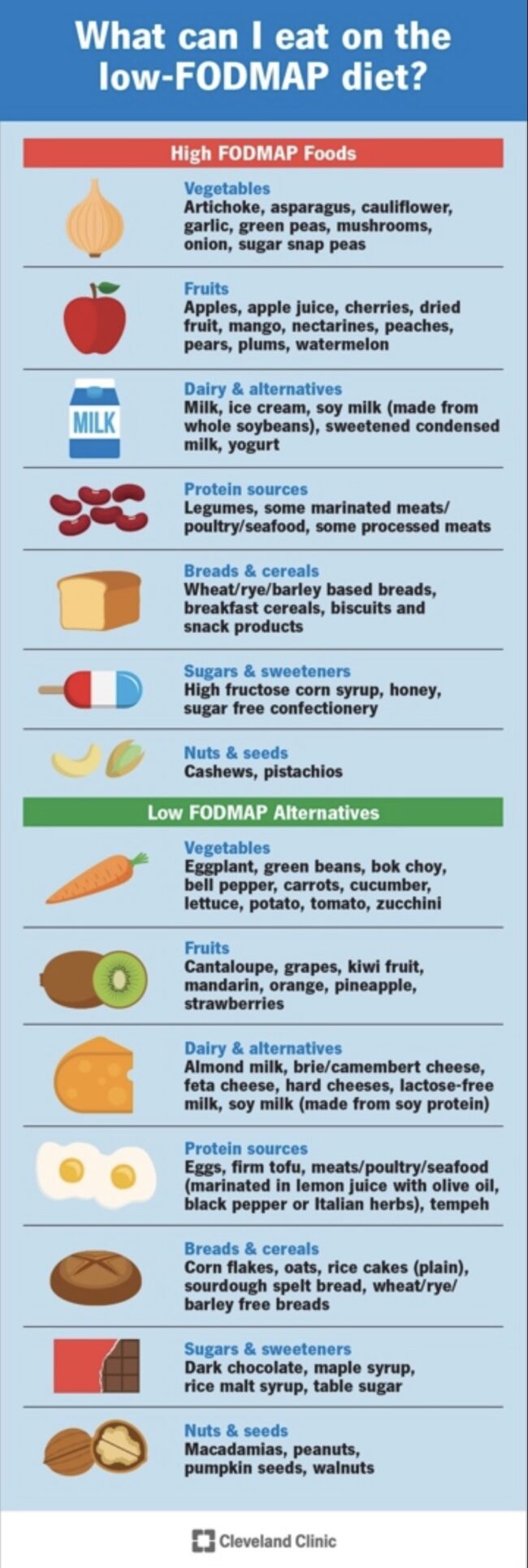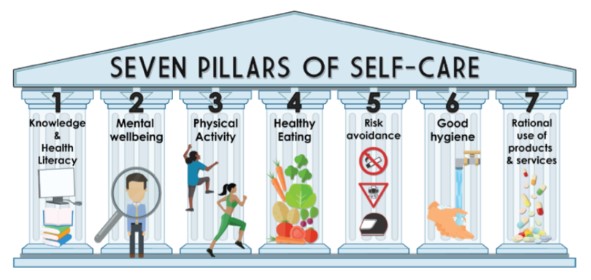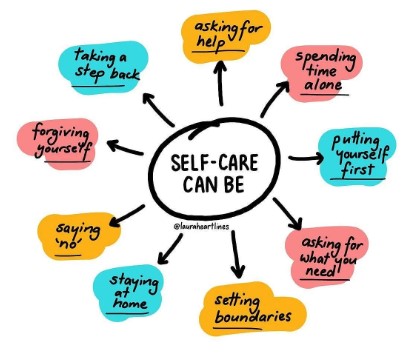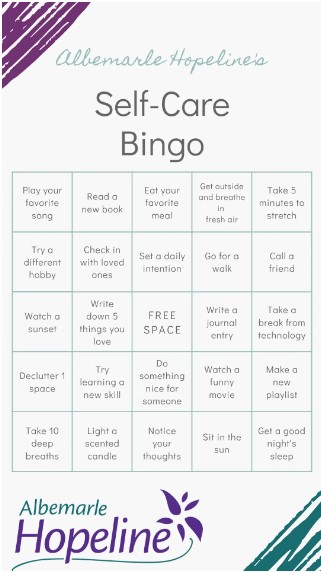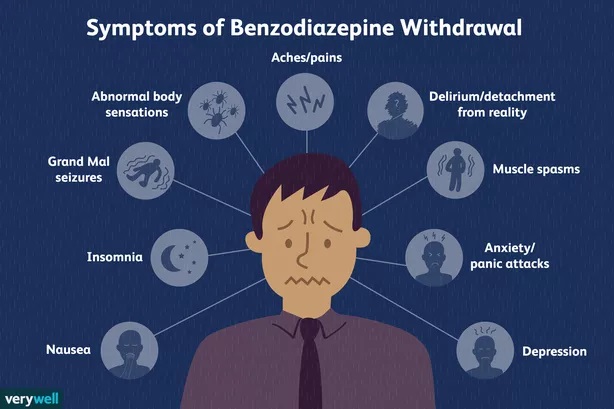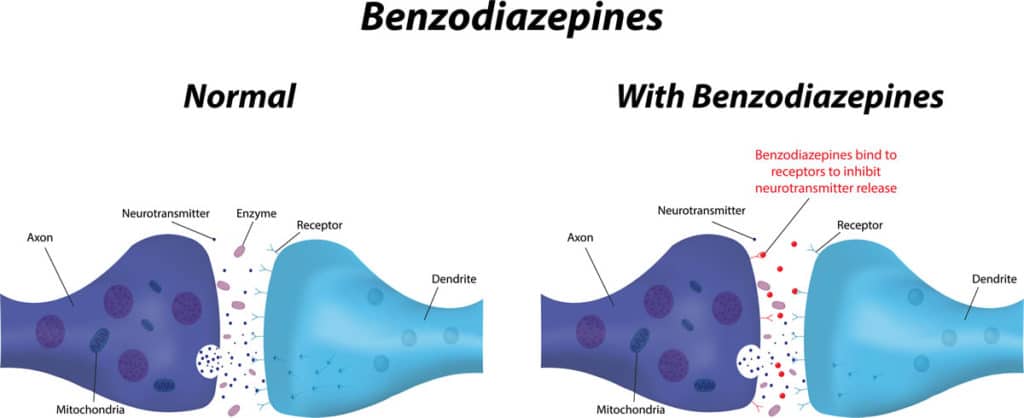Archive for July, 2022
World Hepatitis Day is on July 28. By Our Student Pharmacist, Torie VonSeggern.
World Hepatitis Day is celebrated on July 28 to raise awareness about hepatitis, a variety of liver diseases, which affect people all over the world.
July 28 is the birthday of Dr. Baruch Blumberg who discovered hepatitis B in 1967 and developed the first hepatitis B vaccine.
What is Hepatitis?
Viral hepatitis is a group of infectious diseases, hepatitis A, B, C, D, and E, that cause both short-term and long-term liver disease. These diseases cause more than one million deaths per year and deaths have continued to increase over the years.
Different Types of Hepatitis
Hepatitis is commonly spread through ingestion or contact with a contaminated substance with one of the five viruses. Each virus is different and different steps can be taken to protect and treat each virus.
Hepatitis A – Hepatitis A Virus (HAV)
- Found in stool and blood and is very contagious
- Spread by ingesting virus from contaminated food or drink
- Symptoms: fatigue, nausea, stomach pain, and jaundice (yellowing of skin/whites of eyes)
- Short-term, typically less than 2 month duration
- Vaccine preventable
- Treatment includes rest, hydration, and proper nutrition
Hepatitis B – Hepatitis B Virus (HBV)
- Found in blood, semen, or other body fluids
- Spread via sexual contact, sharing injectable equipment, mother to baby at birth
- Symptoms: fatigue, poor appetite, stomach pain, nausea, and jaundice
- Typically short-term, but can become long-term; risk is based on age: 90% of infants become chronic and 2-6% of adults become chronic
- Vaccine preventable
- Treatment includes rest, hydration, and proper nutrition; medically monitoring of liver function is important
Hepatitis C – Hepatitis C Virus (HCV)
- Found in blood
- Spread via blood, most commonly through shared injectable equipment
- No symptoms; symptoms tend to be a sign of advanced liver disease
- Short-term initially, but 50% of patients turn chronic without treatment
- No vaccine; prevent by avoiding behaviors and getting tested
- Treatments available can cure a patient in 8 to 12 weeks
Hepatitis D – Hepatitis D Virus (HDV)
- Found in blood or other body fluids
- Spread via contact with blood or fluids specifically in patient’s already infected with HBV
- Symptoms: Same as HBV; severe symptoms/serious illness can lead to life-long liver damage and even death
- Can be short-term or long-term
- No direct vaccine for HDV, but prevention of HBV prevents HDV
- There are no current treatments available, but new treatments are being tested
Hepatitis E – Hepatitis E Virus (HEV)
- Found in stool
- Spread via ingestion from contaminated drinking water, raw or undercooked pork, venison, wild boar meat, or shellfish
- Symptoms: fatigue, poor appetite, stomach pain, nausea, and jaundice; many people do not have symptoms at all
- Most people fully recover without complications, with the exception of immunocompromised patients
- No vaccine is available in the US
- Treatment includes rest, hydration, and proper nutrition
How to Prevent the Spread of Hepatitis
- Get vaccinated!
- Both hepatitis A and B have vaccines available and there is even a combined A and B vaccine. Vaccinating is the best way to protect yourself from hepatitis A, B, and D.
- Wash your hands!
- Both hepatitis A and E can be spread through contamination of food and water. Wash hands frequently, especially prior to preparing food.
- Drink purified water when possible!
- Both hepatitis A and E can be prevented by drinking purified, uncontaminated water. This is not typically a concern in the United States, but if traveling, and purified water is not available, try boiling the water prior to consumption.
- Get tested!
- Testing for hepatitis B and C is recommended in a variety of situations which include:
- Pregnant women
- People who inject drugs
- People with HIV
- People with abnormal liver tests or liver disease
- People with end-stage renal disease
- Known exposure
- Hepatitis B: Men who have sex with men, people born outside of the US and not vaccinated, or people with hepatitis C
- Hepatitis C: received blood or organs before July 1992, clotting factor before 1987, or people with hepatitis B
- Testing for hepatitis A, D, and E is only recommended if you are experiencing symptoms. Your health-care provider will determine if a test is appropriate based on symptoms.
- Testing for hepatitis B and C is recommended in a variety of situations which include:
There are many places to get vaccinated and tested. Vaccines are available at your local pharmacy including Plain City Druggist and Happy Druggist Pharmacy, your doctor’s office, or other local healthcare centers. Testing is also available at most doctor’s offices or healthcare centers.
Please visit https://www.columbus.gov/publichealth/programs/Hepatitis-Testing/ for more information on testing within Columbus.
Coming Soon: Happy Druggist Pharmacy on Karl Road will be providing Hepatitis C testing in the near future. Watch for updates on an upcoming community outreach event coming soon!
References
- A Quick Guide to Hepatitis. OnHealth. https://www.onhealth.com/content/1/hepatitis_causes_treatment Published March 15, 2022. Accessed July 22, 2022.
- Hepatitis: The Silent Killer. Health Plus. https://www.parkwayeast.com.sg/healthplus/article/hepatitis-silent-killerPublished December 6, 2018. Accessed July 22, 2022.
- The ABC’s of Hepatitis: Know and Fight the Viral Disease. Mindray. https://www.mindray.com/en/media-center/blogs/the-abc-s-of-hepatitis-know-and-fight-the-viral-disease Published July 28, 2017. Accessed July 22, 2022.
- Viral Hepatitis A Q&As for the Public. Centers for Disease Control and Prevention (CDC). https://www.cdc.gov/hepatitis/hav/afaq.htm Accessed July 25, 2022.
- Viral Hepatitis B Q&As for the Public. Centers for Disease Control and Prevention (CDC). https://www.cdc.gov/hepatitis/hbv/bfaq.htm Accessed July 25, 2022.
- Viral Hepatitis C Q&As for the Public. Centers for Disease Control and Prevention (CDC). https://www.cdc.gov/hepatitis/hcv/cfaq.htm Accessed July 25, 2022.
- Viral Hepatitis D Q&As for the Public. Centers for Disease Control and Prevention (CDC). https://www.cdc.gov/hepatitis/hdv/dfaq.htm Accessed July 25, 2022.
- Viral Hepatitis E Q&As for the Public. Centers for Disease Control and Prevention (CDC). https://www.cdc.gov/hepatitis/hev/efaq.htm Accessed July 25, 2022.
- World Hepatitis Day. Centers for Disease Control and Prevention (CDC). https://www.cdc.gov/hepatitis/awareness/worldhepday.htm Reviewed July 19, 2021. Accessed July 22, 2022.
- World Hepatitis Day – July 28, 2022. National Today. https://nationaltoday.com/world-hepatitis-day/ Accessed July 22, 2022.
- World Hepatitis Day 28 July. World Hepatitis Day. https://www.worldhepatitisday.org/ Accessed July 22, 2022.
Can A Diet Alleviate IBS Symptoms In As Little As Two Weeks? Studies say YES! By Our Student Pharmacist, Sarah Jicomelli.
Five to seven percent of the US population has been diagnosed with Irritable Bowel Syndrome (IBS), but it is believed that 10-15% of people in the United States are actually affected due to underdiagnosing the disease.

IBS is characterized by abdominal pain, bloating, and changes in bowel movements – this can mean either diarrhea (IBS-D), constipation (IBS-C), or a mix of both (IBS-M).
On average, more women than men experience IBS (almost double!) and it is more common in people younger than 50-years-old.
It is not entirely clear what can cause IBS, but some factors that can increase the chance of developing the syndrome are:
- having a family member with IBS
- a history of stressful life events (ex: child abuse)
- having a severe infection in the digestive tract
- depression and/or anxiety
- food intolerances or sensitivities
Doctors have classified IBS as a functional gastrointestinal disorder, meaning it is a problem stemming from the connection between the brain in the gut. In people with IBS, this disconnection can lead to their digestive tract being more sensitive and can actually change how the muscles contract! This leads to those hallmark symptoms of IBS like abdominal pain, bloating, diarrhea, and constipation.
A doctor uses a patient’s symptom pattern to diagnose IBS: symptoms for the last six months and for at least one week in the last three months constitutes a positive diagnosis.
Currently, there is no cure for IBS, but there are many options to treat the symptoms. Since IBS affects each person to person differently, it may take a while to land on a combination of treatments that works for an individual. One option is medication, and there are many choices to help treat the specific kind of IBS symptoms someone may have.
IBS-D medications:
IBS-C medications:
There are also medication options to help treat the abdominal pain that often comes with IBS:
Another option to manage IBS without adding medications is to modify the diet. If there is not enough fiber in the diet, taking fiber supplements can help with the constipation symptom of IBS.
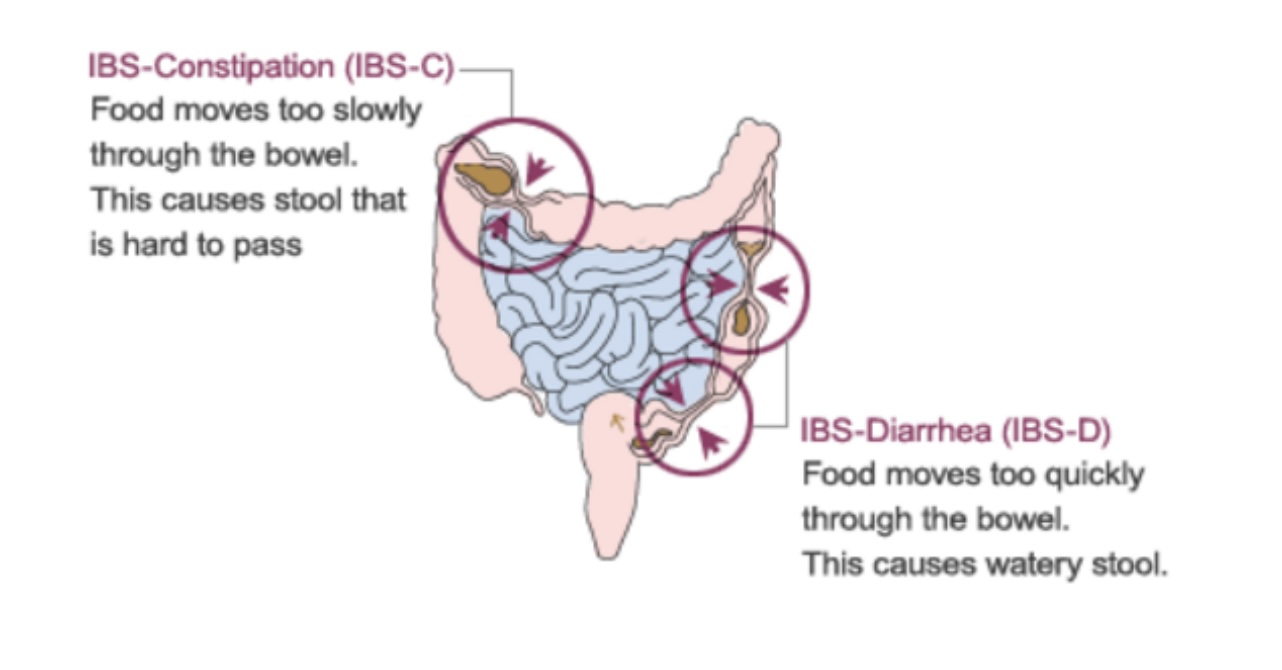
The key with fiber supplements is to take them with a lot of water – fiber supplements without adequate water can cause constipation to get worse.
As mentioned previously, food sensitivities may be a cause of IBS, so avoiding those types of food can help with symptoms. Many people with IBS are sensitive to gluten and dairy, so removing those from the diet can help as well. In addition, a low FODMAP diet has been shown to help relieve symptoms in people with IBS – research has shown that it can decrease symptoms in 86% of people!

This diet is restrictive, but temporary, and is used to identify what may be causing someone’s symptoms. FODMAP stands for fermentable oligosaccharides, disaccharides, monosaccharides and polyols. These are short-chain sugars that are poorly absorbed in the small intestine that can cause digestive problems like bloating, diarrhea, cramping, constipation, and gas. There are three steps to the low FODMAP diet:
As with any other new diet, it is best to talk to your doctor to determine if this is a good choice for you. In addition, they can help you during the first, most restrictive phase in order to ensure you are getting adequate nutrition. They can also provide you with a full list of high FODMAP foods to avoid. The good news is that information is also readily available on the internet, so you can do some research and find out what works within the diet and what does not!
Monash University originated the diet through extensive research and their website is chalk full of information, tips and tricks, and low FODMAP recipes – they even have an app that allows you to quickly find out if a food is high or low FODMAP!
Their website is: https://www.monashfodmap.com/
Here are some recipes I found exciting:
International Self Care Day is on July 24. By Our Student Pharmacist, Torie VonSeggern.
Since 2011, July 24 has been celebrated as International Self Care Day.
This date (7/24) was selected to represent the importance of everyday self-care and signifies 24 hours a day, 7 days a week.
What is Self-Care?
Self-care can be defined in a variety of ways. According to the World Health Organization (WHO), “self-care is the ability of individuals, families, and communities to promote health, prevent disease, maintain health, and cope with illness and disability with or without the support of a health worker.”
According to Oxford Languages, self-care is “the practice of taking action to preserve or improve one’s own health… protecting one’s own well-being and happiness, in particular during periods of stress.”
Although there are a variety of definitions, overall self-care consists of caring for oneself in order to maintain health and wellness.
The Seven Pillars of Self-Care
The International Self-Care Foundation created the ‘Seven Pillars of Self Care’ to express the various aspects of self-care. When utilized together, the Seven Pillars will result in overall wellbeing and consist of:
What Do the Seven Pillars of Self-Care Mean?
Why is Self-Care Important?
Self-care has so many benefits which can be noticed daily and long-term. Overall self-care leads to:
Although self-care may seem a bit selfish, taking care of yourself leads to a better quality of life which can be shared with others!
Ways to Care for Yourself Every Day
There are so many small activities that help to promote self-care!
Here are a few ideas to incorporate some self-care activities into your daily routine.
These are just a few of the countless activities to incorporate into a daily routine to help improve overall wellbeing.
In general, it is important to find activities, whether big or small, that bring joy and relaxation. Setting aside just 5 minutes a day for yourself can be beneficial to your overall wellbeing.
Sometimes it may seem difficult to fit self-care into a daily schedule, but there is no better day to start than today! Take a moment today, and every day, to do something that makes you feel better.
References:
World Brain Day is on July 22. By Our Student Pharmacist, Torie VonSeggern.
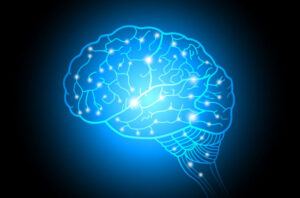
World Brain Day is celebrated every year on July 22 to raise awareness of the importance of both mental and neurological brain health.
This event is hosted by the World Federation of Neurology (WFN). Each year focuses on a specific topic, such as: Epilepsy, Stroke, Migraines, Parkinson’s disease, Multiple Sclerosis, and many others.
This year the focus is on “Brain Health for All”!
What does “Brain Health for All” mean?
“Brain Health for All” can mean something different to everyone, but the WFN states that the focus this year is on the five following messages:
Keys to a Healthy Brain:
There are five key parts that impact brain health. These include:
- Exercise (physical and mental)
- Sleep
- Environment
- Diet
- Access to Care
How does this Impact Brain Health?
Exercise (physical and mental)
- Slows age-related decline and maintains brain function
- Lowers blood pressure
- Decreases risk of stroke
- Maintains healthy blood supply to brain
Sleep
- Maintains function of the brain
- Improves immune system
- Allows time for brain to optimize memory
- Allows body to process and dispose of waste
Environment
- Long term exposure to large amounts of toxins in environment can lead to brain/nervous system problems.
- Examples of toxins: metals such as lead, aluminum, copper, arsenic, and cadmium
- Repetitive or major head trauma from accidents or sports can also lead brain cell damage.
Diet
- Processed foods, salt, and refined sugars can promote inflammation and vascular disease. This can lead to tissue damage to the body and brain.
Access to Care
- Ability to catch problems early
- Proper treatment
- Prevention of other health problems
Although there are uncontrollable barriers to improving brain health such as environmental (clean air, water, and nutrition) and access to care (lack of resources, cost of care, global pandemics), there are many things that can help brain health that can be incorporated into everyday life.
Ways to Celebrate World Brain Day
Here are some ideas on ways to celebrate World Brain Day and ways to continue to incorporate healthy brain activities on a regular basis.
Physical exercise:
There are many ways to exercise such as playing sports, going to exercise classes, or going to the gym. Walking is a great way to increase your physical activity every day.
Some examples to incorporate walking include:
- walking instead of driving if possible.
- taking the stairs instead of elevators.
- parking farther away and walking.
- going on after dinner family walks.
Another way to increase activity includes yard or house work such as cleaning and repairing.
Some additional ways to increase activity include using free exercise videos and dancing at home or exploring new physical activities.
Mental exercise:
There are many ways to exercise your brain such as completing puzzles, playing cards, crosswords, chess, and Sudoku.
Learning and teaching new skills/hobbies are also a great way to exercise the mind.
Some other ideas include meditating and learning new languages.
Keeping your brain active is important for maintaining health.
Sleep:
Sleeping is very important for the body and the brain. Although the amount of sleep needed varies, it is recommended to sleep at least seven to nine hours every night. Sleep allows the brain and the body time to recover from the stress and activity from everyday life.
Diet:
Although cost can be a barrier to a healthy diet, there are a variety of ways to incorporate the necessary factors of a well-balanced diet. A balanced diet consists of fruit, vegetables, protein, and whole grains.
Meat, which provides protein, is often expensive; another way to incorporate protein includes dried beans, peas, and lentils.
Fruits and vegetables vary in price. Some ways to reduce cost include buying fresh fruits and vegetables that are in season. Although pre-cut produce is convenient, this may also increase the cost.
Canned and frozen options may vary in cost, but allow for a longer shelf life; when looking at these options try no salt and no sugar added options.
Other alternatives include buying bagged produce such as apples and potatoes instead of individually packaged items.
Take some time today to care for yourself. Keep your brain sharp by exercising your mind and body, getting some extra sleep, and maybe trying some new recipes!
For more fun and free brain puzzles: https://krazydad.com/
Additional budget friendly resources from The Academy of Nutrition and Dietetics: https://www.eatright.org/food/planning-and-prep/eat-right-on-a-budget
References:
World Benzodiazepine Awareness Day was July 11. By Our Student Pharmacist, Torie VonSeggern.
World Benzodiazepine Awareness Day was observed on July 11 to educate patients on some of the dangers of long-term use (greater than four weeks) of benzodiazepines (BZDs). This day has been observed since 2016, when a group of people who had been injured with BZDs joined together to educate others on the risks.
What Are Benzodiazepines?
BZDs are sedative-hypnotic medications (to induce calm and sleep) that are used for a variety of health conditions, such as anxiety, insomnia, and seizures.
In almost all health conditions BZDs are not the first choice of treatment due to the risks that are associated in comparison to other treatments available. When a BZD is selected for treatment of a health condition, the shortest length of treatment possible should be selected to reduce harm.
There are many BZDs available and they are typically classified by the length of time that the drug is active in the body. This classification is defined by the half-life (length of time necessary for the amount of active drug in the body to decrease by half) and is divided into three categories:
- short (2 to 5 hours)
- intermediate (6 to 24 hours)
- long (greater than 24 hours)
Short-acting BZDs have an increased risk of withdrawal symptoms as the drug leaves the body much faster than long-acting BZDs which stay in the body for a longer time.
| Short (2 to 5 hours)
★ Midazolam (Nayzilam) ★ Remimazolam (Byfavo) ★ Triazolam (Halcion) |
Intermediate (6 to 24 hours)
★ Alprazolam (Xanax) ★ Estazolam (Prosom) ★ Lorazepam (Ativan) ★ Oxazepam (Serax) ★ Temazepam (Restoril) |
Long (>24 hours)
★ Chlordiazepoxide (Librium) ★ Clobazam (Onfi; Sympazan) ★ Clonazepam (Klonopin) ★ Clorazepate (Tranxene-T) ★ Diazepam (Valium) ★ Flurazepam (Dalmane) ★ Quazepam (Doral) |
What Are the Dangers of Long-Term Use?
BZDs are often associated with physical dependence and misuse even when taken for a short period of time and in small doses.
Some risks associated with BZDs include side effects and withdrawal symptoms (caused by physical dependence) when stopping the medication.
Some possible side effects include:
- Drowsiness
- Memory impairment
- Irritability
- Changes in appetite
- Changes in weight
There are a variety of withdrawal symptoms ranging from mild to severe that may occur when discontinuing BZDs.
| Mild (2 to 3 days)
★ Anxiety ★ Insomnia |
Moderate (2 to 14 days)
★ Sleep disturbance ★ Anxiety and Irritability ★ Tremors ★ Nausea/Vomiting ★ Headache/Poor concentration ★ Weight loss ★ Palpitations ★ Muscle pain and stiffness |
Severe (2 to 14 days)
★ Seizure ★ Psychosis |
When discontinuing a BZD it is important to work with your healthcare provider to create a plan to slowly discontinue the medication. The dose should slowly decrease by about 25 to 50 percent every one to two weeks over about six to ten weeks.
Some risk factors that may increase the risk of seizures include previous brain damage and alcohol misuse. In some cases, discontinuation may need to be done inpatient (hospital or other care facility) if the patient has not been able to discontinue in the past or has risk factors for severe withdrawal.
Why is Awareness Important?
Based on a study between 2015 and 2016, over 30.6 million adults in the U.S. reported BZD use over the past year; that was nearly 12.6% of the U.S. population. Since such a significant percentage of the population takes BZDs, it is important to recognize the signs and symptoms that may occur with BZD use along with signs and symptoms of dependence. It is also important to recognize that due to some of the risks with withdrawal it is important to consult a healthcare professional before discontinuing.
What can you do with this information?
Although BZDs can be beneficial in short-term use, there are many concerns and dangers of long-term use. Being informed about the risks and the signs of misuse is one of the best ways to protect yourself and those around you. Understanding the best steps to take when discontinuing a BZD is important to prevent withdrawal symptoms such as slowly stopping the medication by taking smaller doses over a period of time with the direction of a healthcare provider.
If you have questions or concerns please reach out to your pharmacist or primary care provider!
If you would like some additional information, medlineplus.gov is a reliable resource for health related information regarding health conditions, drugs and supplements, and other medically related topics.
References
- Craske, Michelle, Bystritsky, Alexander. “Generalized Anxiety Disorder in Adults: Management.” UpToDate, 12 November 2021, https://www.uptodate.com/contents/generalized-anxiety-disorder-in-adults-management?search=benzodiazepines%20anxiety&source=search_result&selectedTitle=1~150&usage_type=default&display_rank=1#H3281817958
- Greller, Howard and Gupta, Amit. “Benzodiazepine Poisoning and Withdrawl.” UpToDate, 20 October, 2020, https://www.uptodate.com/contents/benzodiazepine-poisoning-and-withdrawal?search=benzodiazepines&source=search_result&selectedTitle=2~145&usage_type=default&display_rank=1
- Lembke, Anna. “Benzodiazepines: Our Other Prescription Drug Epidemic.” STAT News, 22 February 2018, https://www.statnews.com/2018/02/22/benzodiazepines-drug-epidemic/comment-page-3/
- Mohsin, Haroon. “World Benzodiazepine Awareness Day – July 11, 2022.” National Today, 3 June 2022, https://nationaltoday.com/world-benzodiazepine-awareness-day/.
- Neubauer, David. “Pharmacotherapy for Insomnia in Adults.” UpToDate, 18 May 2022, https://www.uptodate.com/contents/pharmacotherapy-for-insomnia-in-adults?search=benzodiazepines%20insomnia&source=search_result&selectedTitle=1~150&usage_type=default&display_rank=1#H2498605024
- O’Keefe Osborn, Corinne. “How Long Does Withdrawal from Benzodiazepines Last?” VeryWell Mind, 5 November 2021, https://www.verywellmind.com/benzodiazepine-withdrawal-4588452
- Park, Tae Woo. “Benzodiazepine Use Disorder.” UpToDate, 5 July 2022, https://www.uptodate.com/contents/benzodiazepine-use-disorder?search=benzodiazepines%20long%20term%20use&source=search_result&selectedTitle=1~150&usage_type=default&display_rank=1#H3665649057
- Schachter, Steven. “Antiseizure Medications: Mechanism of Action, Pharmacology, and Adverse Effects.” UpToDate, 25 April 2022, https://www.uptodate.com/contents/antiseizure-medications-mechanism-of-action-pharmacology-and-adverse-effects?search=benzodiazepines%20seizures&source=search_result&selectedTitle=2~150&usage_type=default&display_rank=2#H1
- “What are the Signs Someone is Addicted to Benzos?” Cornerstone of Recovery, 3 March 2020, https://www.cornerstoneofrecovery.com/what-are-the-signs-someone-is-addicted-to-benzos/





